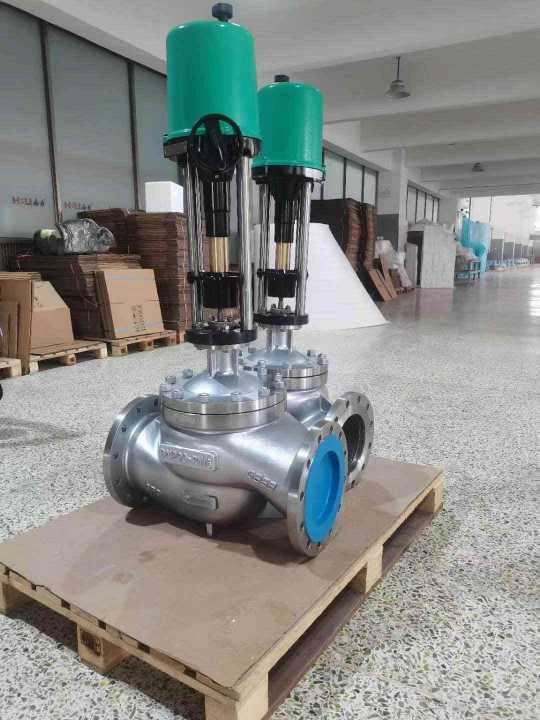understanding the wcb electric single seat regulating valve
Release time:2025-08-28 03:20:28
The WCB Electric single seat regulating valve is a pivotal component in various industrial processes, providing precise control over fluid dynamics. As industries evolve with greater demands for efficiency and accuracy, the role of electric regulating valves has become increasingly significant. This article delves into the features, applications, advantages, and maintenance considerations surrounding the WCB Electric single seat regulating valve.

Features
The WCB Electric single seat regulating valve is characterized by its straightforward yet effective design. It comprises three primary components: the valve body, the valve seat, and the electric actuator. The single-seat design ensures a compact structure, making it suitable for a range of flow control scenarios. The valve operates using an electric actuator that responds to control signals, adjusting the valve's position to regulate the flow, pressure, or temperature of the fluid passing through it.
One of the notable features of this type of valve is its excellent sealing capability. Utilizing materials that provide robust sealing characteristics, the WCB Electric single seat regulating valve minimizes the risk of leaks, ensuring that the fluid remains contained within the system. This leak-tight performance is crucial for industrial applications where the containment of hazardous or valuable fluids is essential.

